News & views.
A collection of stories about data, public opinion and politics and news about our firm.
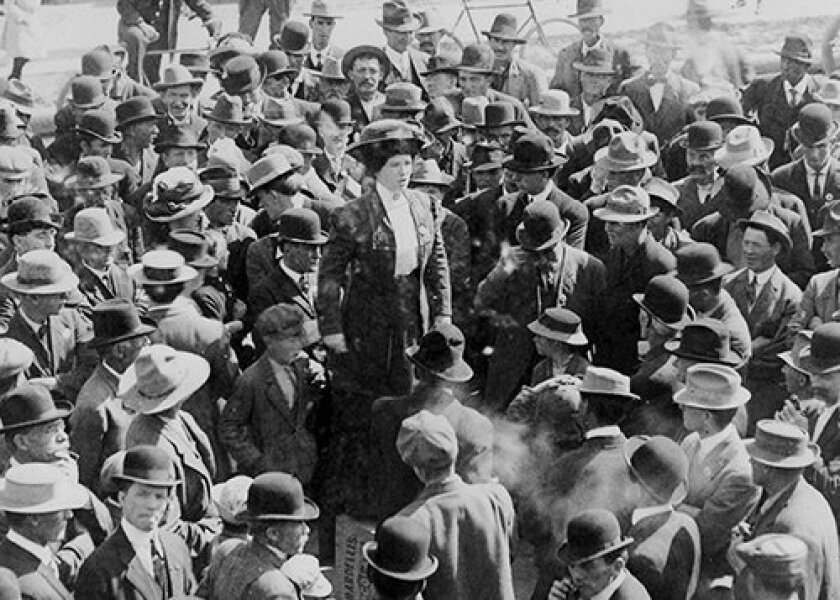
Communicating in a Time Like No Other
We’ve compiled a checklist of questions for engaging the public in our present, chaotic era.

An Antidote to Misinformation
One insidious aspect of misinformation is that it makes it harder for society to deal with already-tough problems.

Our Latest Favorite Podcasts
Podcasting's golden age has continued through the pandemic. Seventy-eight percent of Americans are familiar with podcasting – up from 22 percent in 2006 – and more than 40 percent of Americans report having listened to a podcast in the past month.

What 2020 Teaches Us for 2021
We are fast approaching a full year of living with a global pandemic. A year full of disruption and tragedy — but also change. Our lives have changed in profound ways, and so has our politics and the ways we communicate. This is our effort at taking stock of this change. It’s our effort at making sense of 2020 and extracting lessons as we turn the page to a new chapter of the American experience.
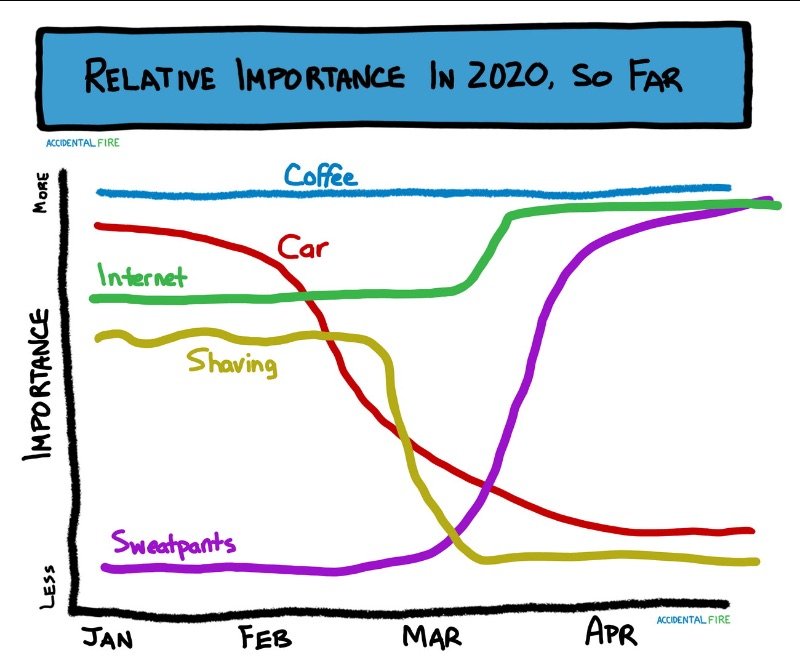
Winning Data Journalism in the COVID-19 Era
There may be no more important tool than data to guide leaders' responses to the pandemic, but it can be hard to make sense of a lot of information at once. Visualization can help us to understand data and identify trends.

Why Different Regions Respond Differently to COVID-19
America is a collection of 11 separate "nations," each with its own origin story, values and culture. The main divide between these nations is whether they place more value in the common good or individual freedom.
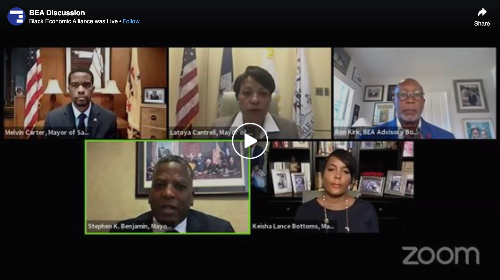
Mayors on the Frontline
Mayors are at the leading edge of the most important social and economic issues of our times: coordinating response to COVID-19 in the country's hardest hit places; engaging with a new movement for racial justice which is as impassioned as any we've seen in a generation; and balancing budgets that demand painful choices.

Leadership Lessons from the Coronavirus Crisis
We’ve settled on several examples of crisis leadership which we find most instructive. These span different areas of civil society: business, government and NGOs alike. Our analysis suggests crisis leadership falls into three broad categories: preparing for a crisis, managing through a crisis and seizing opportunity in a crisis.

A new age of brand marketing
In this new age, the public prizes transparency and authenticity, and content distribution is radically democratized, with teenage influencers and global brands operating on a level playing field.

What the New York Times Democratic Primary Endorsement Got Wrong
The New York Times editorial board came under criticism for its dual endorsement of senators Elizabeth Warren and Amy Klobuchar. What bothers us about the editorial has nothing to do with their choice, but with an introductory statement that suggests the board misunderstands public opinion research and its value. Amber's letter to the editor breaks it down.
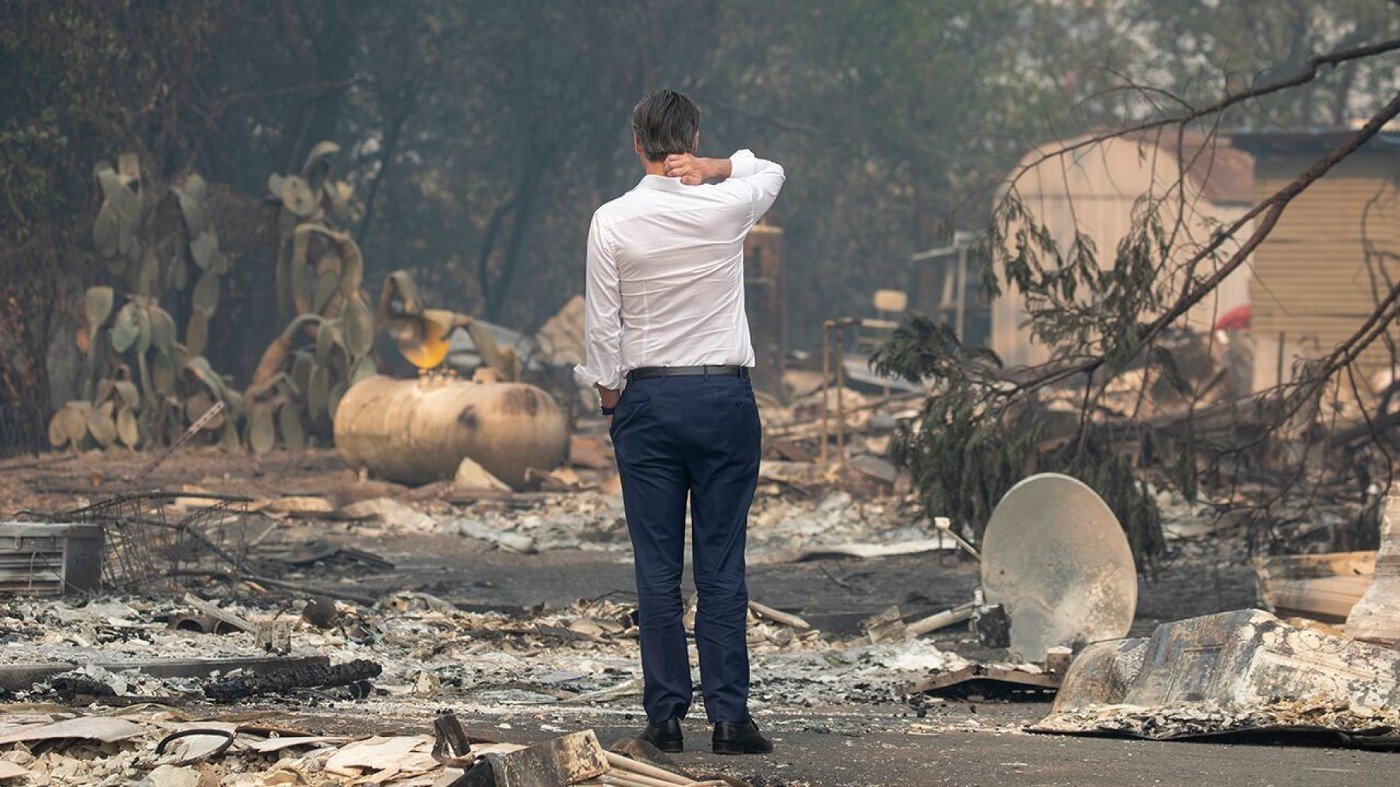
Governor Newsom At History’s Edge
We’re at an historic moment, but historic moments haven’t fazed Gavin Newsom in the past. It’s hard to miss the parallel between the energy and fire crisis with same-sex marriage in 2004, when San Francisco Mayor Newsom put himself at the edge of a national civil rights movement.

Expanding the "Win Pie" in Sports and Business
Few areas of life are more zero sum than sports and business. If your opponent wins then you lose – it's as simple as that. Maybe not, says Wharton psychologist Adam Grant. Collaboration with a rival can boost your performance, Grant argues.

The Power of Clear Writing
"A masterpiece of precise bureaucratic prose," writes Eric Lach of the New Yorker, describing the whistleblower complaint that has shaken American politics. What's so good about it? Jane Rosenzweig of the Harvard College Writing Center breaks it down.

When writing reveals character
We can learn a lot from Eisenhower's writing, which is spare, concise and stripped of the passive voice. Even his edits are instructive. He assumes responsibility for the campaign and uses language that ordinary people can understand. "This particular operation" becomes "my decision to attack."

The Role of Data Visualization in Media
It's not an easy watch, but we highly recommend this multimedia analysis by Vox on America's gun violence epidemic. It's among the most effective examples of data visualization we've seen. The straightforward charts, videos and hand-edits are central to the piece's argument, not distractions or add-ons.

Varsity Blues and Boeing: Trust and Transparency in America
The unfolding scandals over university admissions and air travel safety are best understood along the tragic arc of declining trust in America. It's an arc that goes back, at least, to the Vietnam war, when Americans tipped sharply into cynicism and distrust in institutions of all kinds.
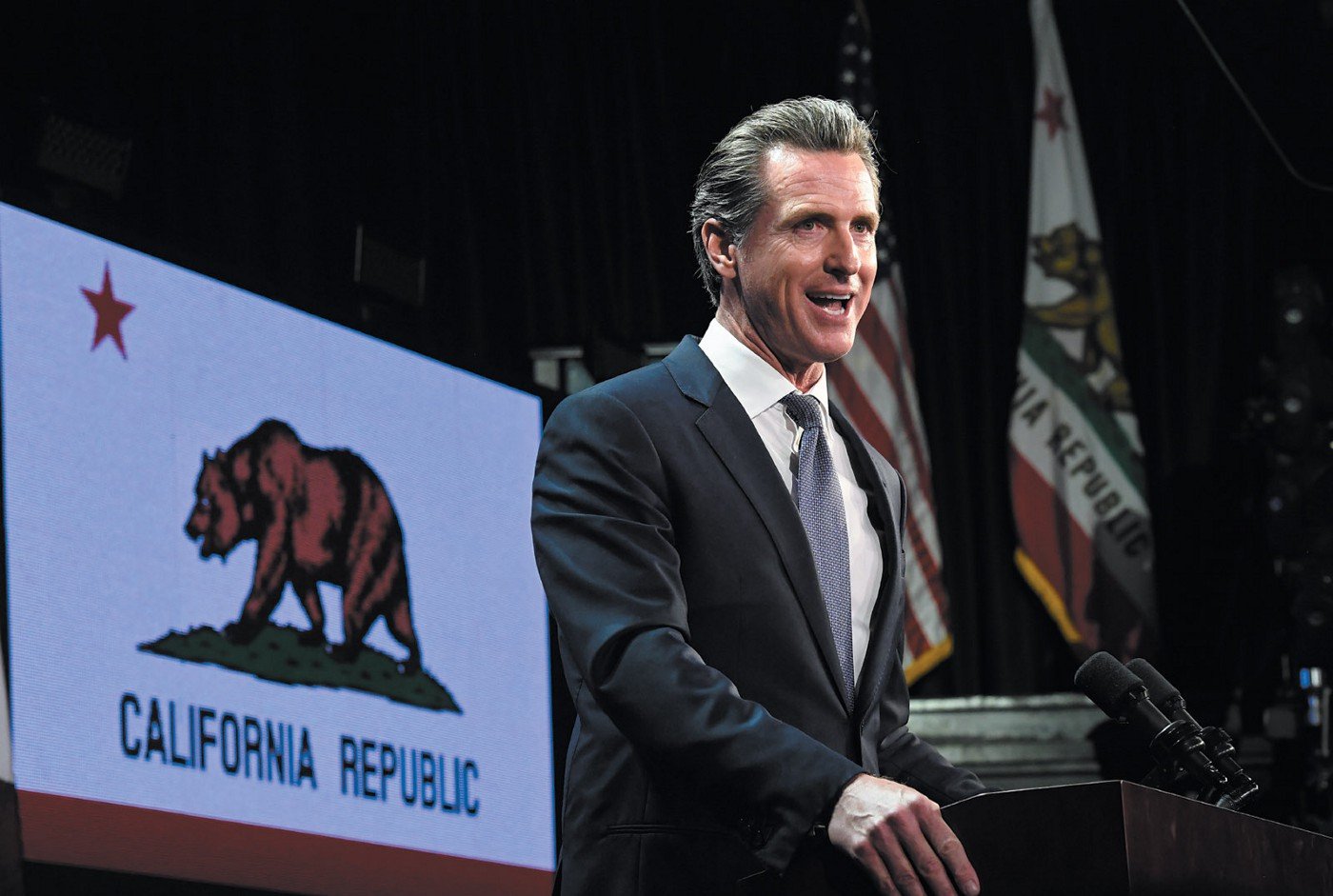
Artificial intelligence keeps California Gov.-elect Gavin Newsom up at night. Here’s what he can do about it
Alongside venture capital executive David Beier, Andrew outlines an AI agenda which prioritizes listening to the public.

A 2018 break in political tradition
Not only does the new class of leaders heading to Washington look different from their predecessors, some are also breaking with tradition when it comes to governing.

Storytelling Eats Policy (and Ideology) for Breakfast
In politics and public affairs, you need good stories to communicate the values and purpose which guide you. Policy ideas and philosophical frameworks may be important, but they are secondary to compelling, authentic storytelling. Even objective data, our bread and butter, is most impactful when it tells a good story.

Colin Kaepernick's Counterintuitive Use of Silence
Kaepernick rarely issues his own tweets and does not participate in interviews. It's a counterintuitive approach in today's always on, 24/7 media landscape, in which leaders of all kinds try to shape the public discourse through first person use of social media.
